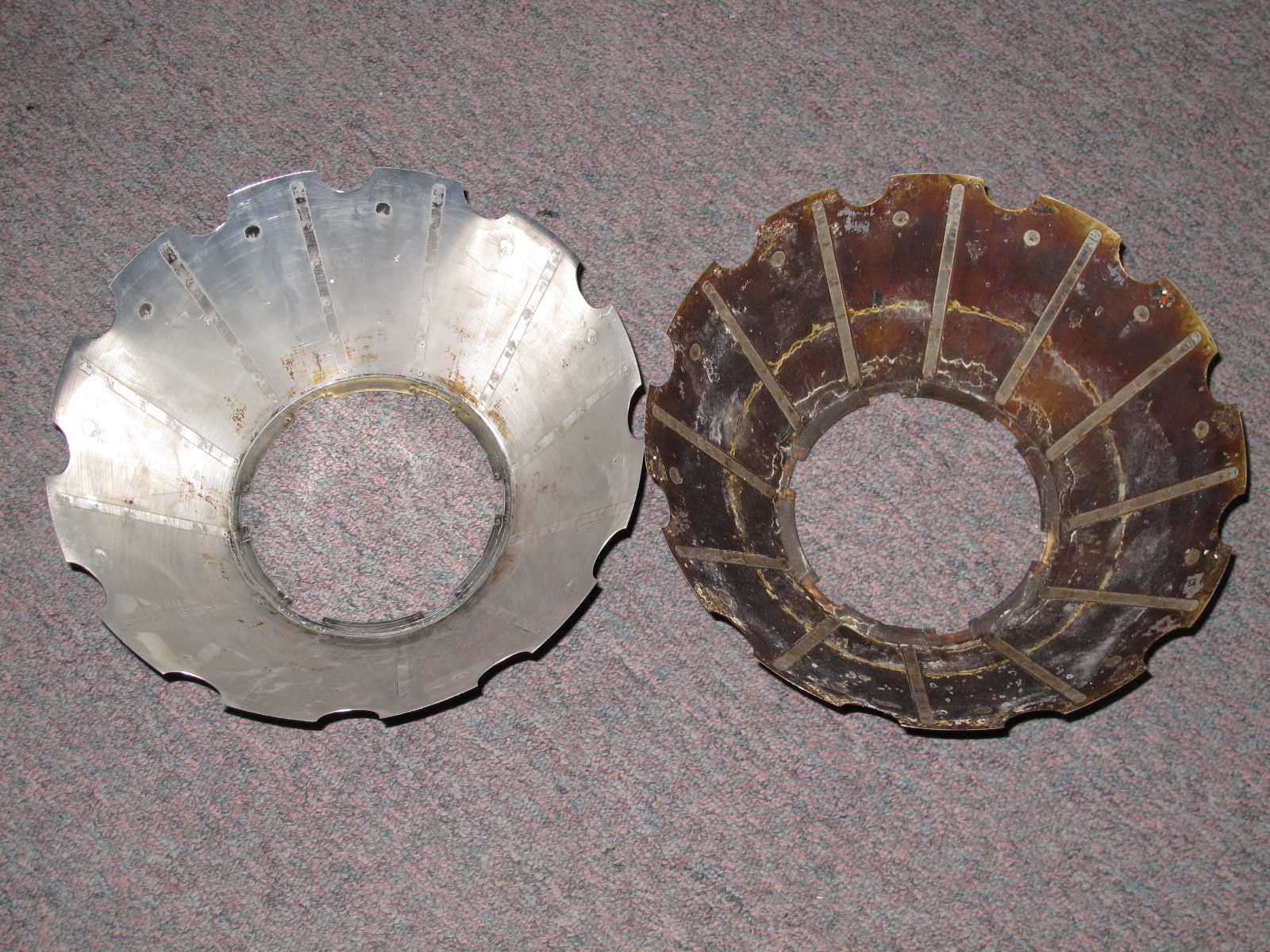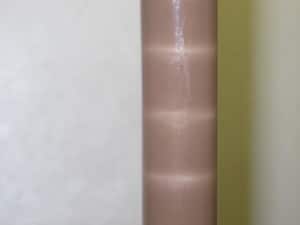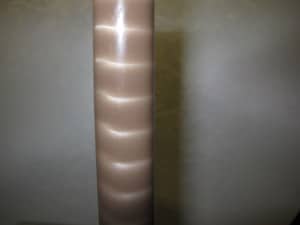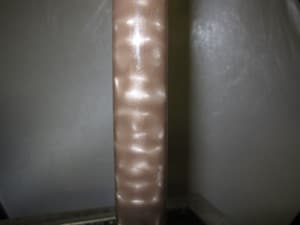Multi-frequency Ultrasonic Cleaners by Zenith Provide the Best Possible Performance!
Choosing the correct ultrasonic frequency for a given cleaning application is perhaps the single most important step in ensuring success. The ultrasonic frequency will determine:
- How powerful the scrubbing action will be
- How evenly distributed the scrubbing action will be.
- How much noise the system will make when in operation.
- The types of contaminants which can be removed successfully
- The particle sizes most effectively removed by the ultrasonic system
- How heavy the parts load can be.
Generally, the lower the ultrasonic frequency, the more powerful the scrubbing action produced and the less evenly distributed the scrubbing action will be on the surface of parts being cleaned. Lower frequencies such as those in the 20-25kHz range are typically used for heavy part loads and highly-bonded contaminants, while mid-to-high frequency ultrasonics are used to clean smaller batches of parts and lightly-bonded contaminants such as oil, coolant, metal fines, and others.

Ultrasonic Cleaner Energy Distribution
All ultrasonic cleaners, regardless of manufacturer, frequency, or transducer technology distributes its scrubbing force as a series of equi-distant horizontal stripes of scrubbing action when the transducers are mounted on the bottom of the cleaning tank. These stripes are known as standing waves and are a physical by-product of ultrasonic cleaning which cannot be changed. Between standing waves, very little ultrasonic scrubbing force exists. 

The problem for the end user is how to determine which frequency might be best for a given application. Each frequency has its benefits and shortcomings, so how does one choose? Fortunately, Crossfires make it easier to make this choice
What is CROSSFIRE multi-frequency ultrasonic why is it better than single-frequency ultrasonic cleaners?
CROSSFIRE is a true multi-frequency ultrasonic cleaner system that combines the properties of 2 or more frequencies into a single ultrasonic cleaning tank. This patented cleaning system mounts different frequencies of ultrasonic transducers onto the same radiating surface and drives them all simultaneously to provide the power and large particle removal potential of low frequency ultrasonics with the even energy distribution and smaller particle removal potential of higher frequency ultrasonics. With Crossfire, the decision regarding which frequency to select is easier than ever before.
The most common ultrasonic frequency combination sold at Zenith is 40/80kHz CROSSFIRE. 
Destructive interference of sound waves occurs when the same frequency and amplitude is emitted into the liquid (or air) 180 degrees out of phase, something that does not occur in our CROSSFIRE ultrasonic cleaning tanks. We are introducing different frequencies into the same tank, emitted from the same radiating surface.
Some believe that mounting transducers of different frequencies next to each other creates a cancellation effect, but this is also false. If you operate an ultrasonic cleaning tank with less than 1/4″of liquid in the tank, you will see that the output of each transducer is isolated from neighboring transducers. Between neighboring transducers, there is no activity produced.
How do competitive multi-frequency ultrasonic systems compare to CROSSFIRE?
There is essentially only 1 competitive multi-frequency ultrasonic cleaner; one which uses a SINGLE frequency transducer and operates it intermittently with a generator that can drive the transducer at many different frequencies. This product was developed after Zenith obtained its CROSSFIRE patent so that the company had a multi-frequency ultrasonic cleaner to offer, but the design is VERY different from CROSSFIRE in the following ways:
- The CROSSFIRE system drives transducers at their natural resonance frequencies: Transducers can be driven at any frequency you wish, but they are ONLY most efficient at coverting electrical to mechanical energy at one specific frequency. A “universal transducer” does not exist for this reason. Therefore, only 1 of the frequencies of our competitor’s system produces any significant level of power. At all other frequencies, there are significant power losses and this is the reason why you rarely see these systems in use for industrial applications.
- Cleaning time at each frequency is limited: With CROSSFIRE, parts are cleaned by all included frequencies for the entire duration of the cleaning cycle. With the competitive design, the parts are cleaned at each frequency for a fraction of the time. For example, if the cleaning cycle is 10 minutes long and 4 frequencies are intermittently activated, the parts only receive 2.5 minutes of cleaning time at each frequency, with 3 of those operating at very low power/efficiency as previously described.
How can you prove that a CROSSFIRE multi-frequency ultrasonic system is best for my application?
Zenith’s free of charge Test Cleaning Service will ensure that the best possible ultrasonic frequency is selected for your application. We will test-clean your parts and provide you with a lab report which details how the parts were tested. Not only will this indicate which frequency or combination of frequencies is best, but also will allow us to develop the entire cleaning process in advance before you even purchase a machine, and will give you an idea of the results you could expect from the delivered cleaning system. This is THE BEST FIRST STEP to take, and the only associated costs are shipping of the parts to and from our facility in Norwood New Jersey. We have 85 different cleaning agents to test with and multiple ultrasonic cleaning tanks operating at different power levels and frequencies to ensure that the test is the most comprehensive it can be. See the link below for additional details.

